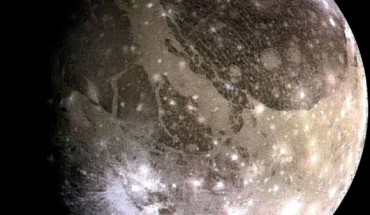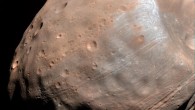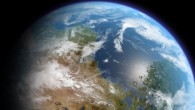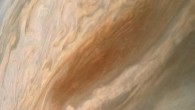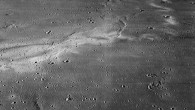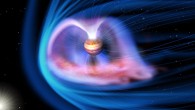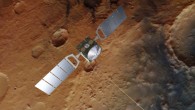A new study, published in the journal Icarus, reveals Ganymede — the largest and most massive moon of Jupiter and in the Solar System — appears to have undergone complex periods of geologic activity, specifically strike-slip tectonism, as is seen in the San Andreas Fault on Earth. Ganymede, larger than even Mercury and Pluto, has an icy surface speckled with bright young craters overlying a mixture of older, darker, more cratered terrain...

